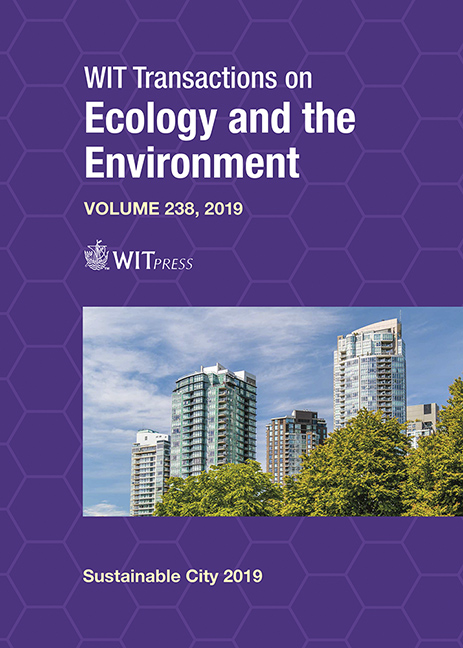WALKABILITY BETWEEN DUBAI DEVELOPMENTS: “SEEN BUT NOT REACHED” – A PORTRAYAL ASSESSMENT OF WALKABILITY INDICES IN DUBAI, UAE
Price
Free (open access)
Transaction
Volume
238
Pages
11
Page Range
107 - 117
Published
2019
Paper DOI
10.2495/SC190101
Copyright
WIT Press
Author(s)
MARWAN S. M. SUNAKH ZABANOOT, SAHERA BLEIBLEH
Abstract
The rapid ongoing urbanization growth in Dubai’s developments has resulted in issues related to walkability and connectivity, considered as a tremendous development pressure. The aim of this study is to examine and evaluate the state and existence of physical connections within and between Dubai’s developments (downtown Dubai and City Walk), in terms of walkability and the infrastructure provided for that. The assessment is based on portrayal documentation of three walkability indices (design, destination and diversity of land use). The study methodology is through use of personal experience, photographs and observations, through visitations to the case studies mentioned. The analyzed findings showed that downtown Dubai and City Walk are walkable within themselves, only through achieving the walkability indices used in this study; however, there is no supporting infrastructure for walkability just outside those developments, and certainly not between them, which creates an impossibility to walk for commuting between these two developments that are less than 1.5 km apart from each other. Thus, the essential mode of walkability for commuting between Dubai’s developments was neglected and the fragmentation between nearby developments occurred because of the inconsistency in the levels of supported infrastructure and urban contexts.
Keywords
urban design, sustainability, sustainable development, downtown Dubai, City Walk, walkability, Dubai, United Arab Emirates





